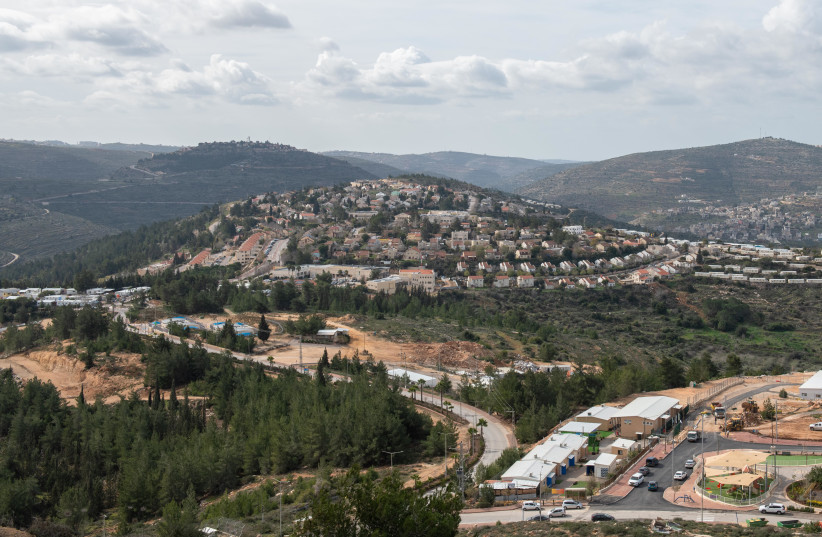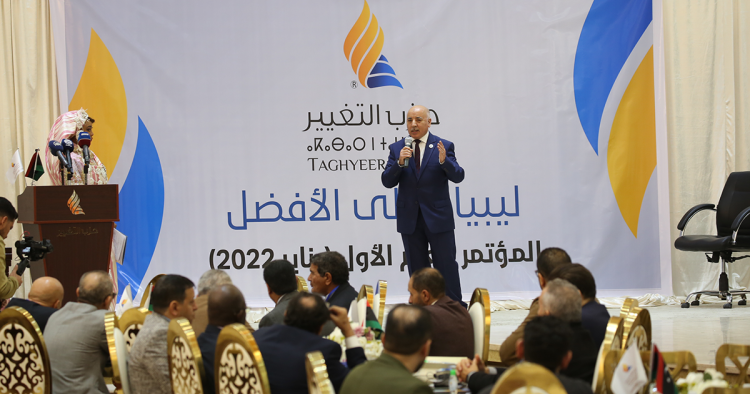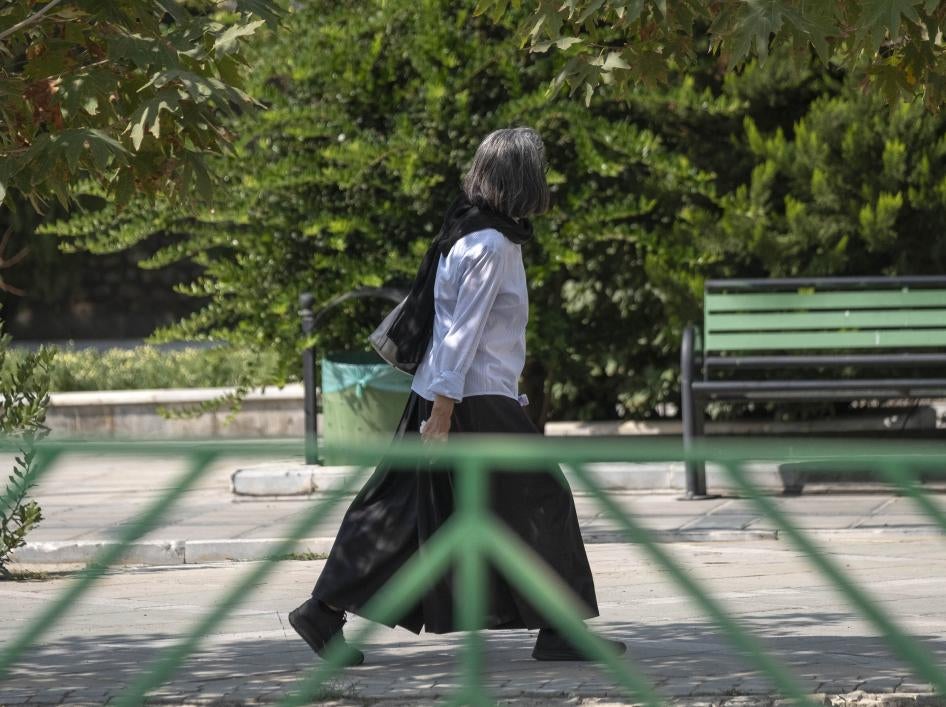The Biden administration has been highly critical of Israeli settlements but is not returning to Hansell’s view of their illegality.
By LAHAV HARKOV
Published: JUNE 26, 2023

Israeli soldiers stand guard during a Palestinian protest near the Jewish settlement of Elon Moreh,east of Nablus, in the West Bank, November 25, 2022
(photo credit: NASSER ISHTAYEH/FLASH90)
The US is not reverting to its policy of viewing Israeli settlements in Judea and Samaria as necessarily illegal, despite opposing settlement activity, the State Department said Monday.
The US was not reverting back to the Hansell Memo, which said settlements violate international law, State Department spokesman Matthew Miller said.
During the Trump administration’s final days, former secretary of state Mike Pompeo said Washington had “disavow[ed] the deeply flawed” 1978 memo by then-State Department legal adviser Herbert Hansell that called all Israeli settlements beyond the 1949 armistice lines illegal.
The Biden administration's perception of settlements
The Biden administration has been highly critical of Israeli settlements but said it was not returning to Hansell’s view of their illegality.

“We are reverting to US policy to longstanding pre-2020 geographic limitations on US support for activities in those areas, a policy that goes back decades,” Miller said.
In line with that policy, the State Department decided last week to stop joint scientific research with Israel in the West Bank, east Jerusalem and the Golan Heights, reversing another decision by Pompeo in 2020 to remove territorial limitations in the Binational Science Foundation, Binational Industrial Research and Development Foundation and Binational Agricultural Research and Development Fund agreements with Israel.
All three had large endowments that provided grants to American and Israeli academics and companies for research and technology. The US and Israel also signed a new science and technology agreement at the time.
However, a US diplomatic source on Monday said since the geographic limitations were removed, no grant money had actually been given to Israeli institutions in areas that came under Israeli control during the 1967 Six Day War.
The source also denied that the timing had to do with last week’s decision to advance more than 4,500 new homes in settlements, saying the decision had been in the works for months.
Foreign Minister Eli Cohen on Sunday said he “opposes the decision and thinks that it is mistaken.” In similar situations in the past, Israel increased funding for research in Judea and Samaria so that those institutions would not lose out, he said.
Tovah Lazaroff contributed to this report.



:quality(70):focal(1585x950:1595x960)/cloudfront-eu-central-1.images.arcpublishing.com/thenational/KSPDKQ3HSIQQ4CYDU7VJJOEH5E.jpg)









